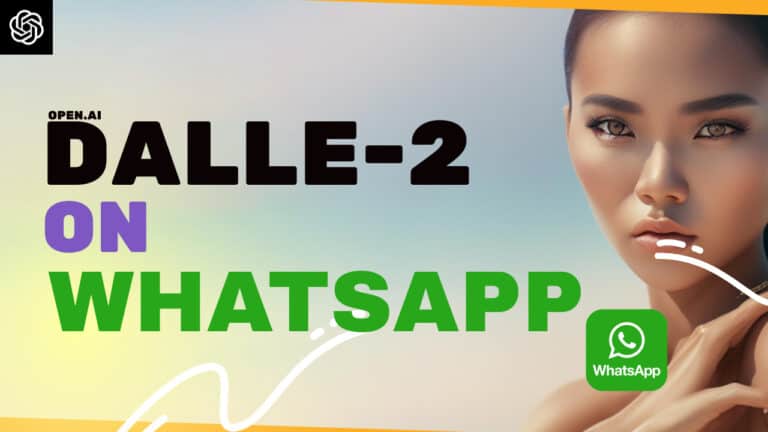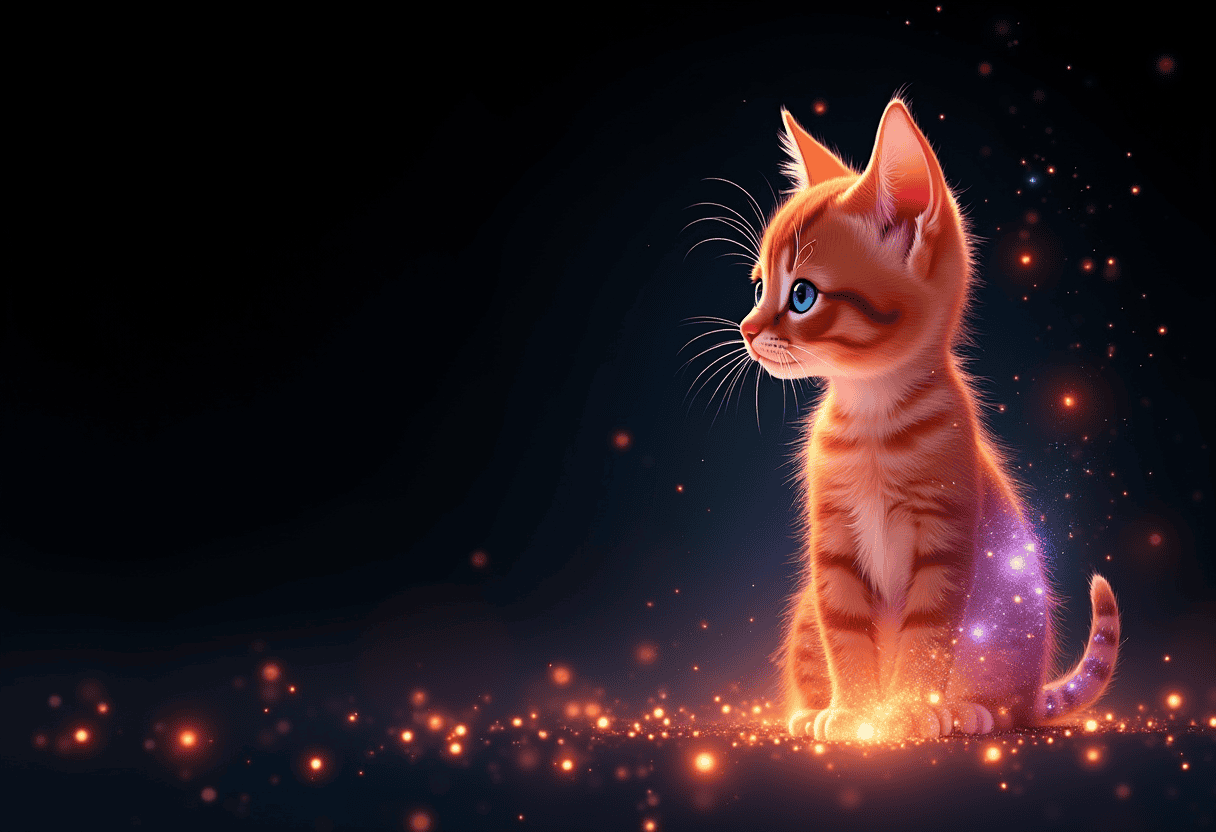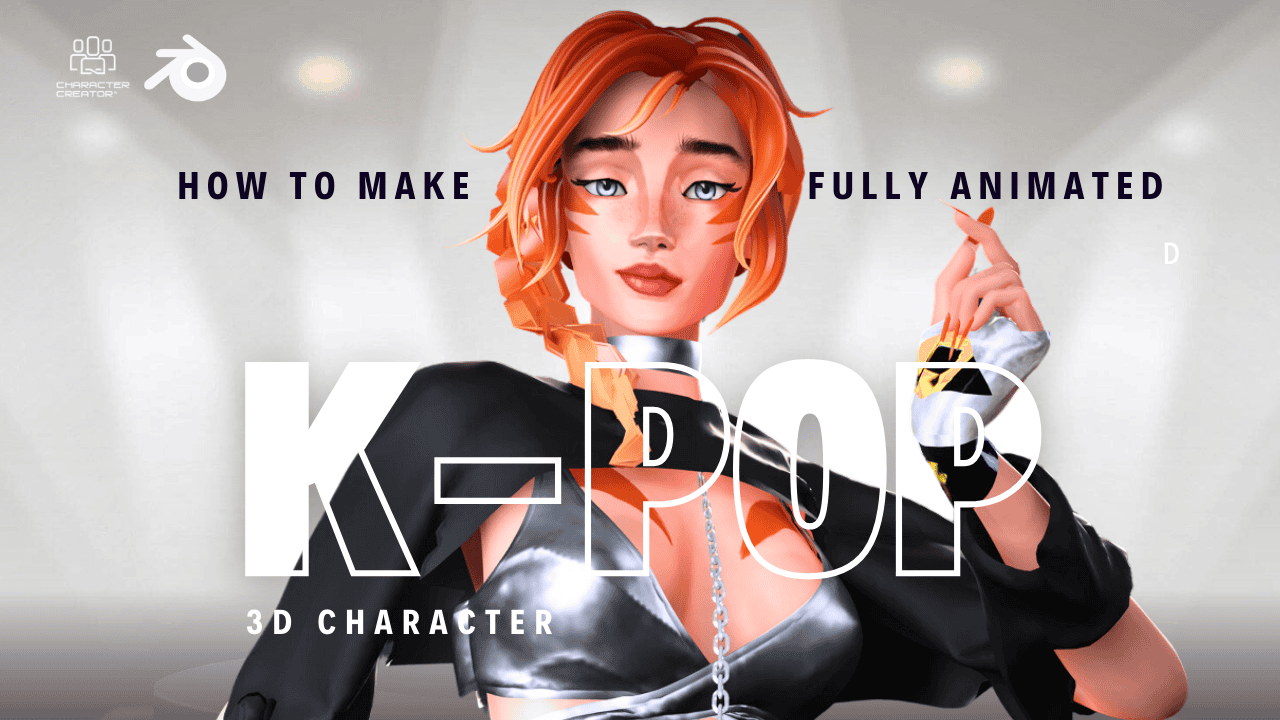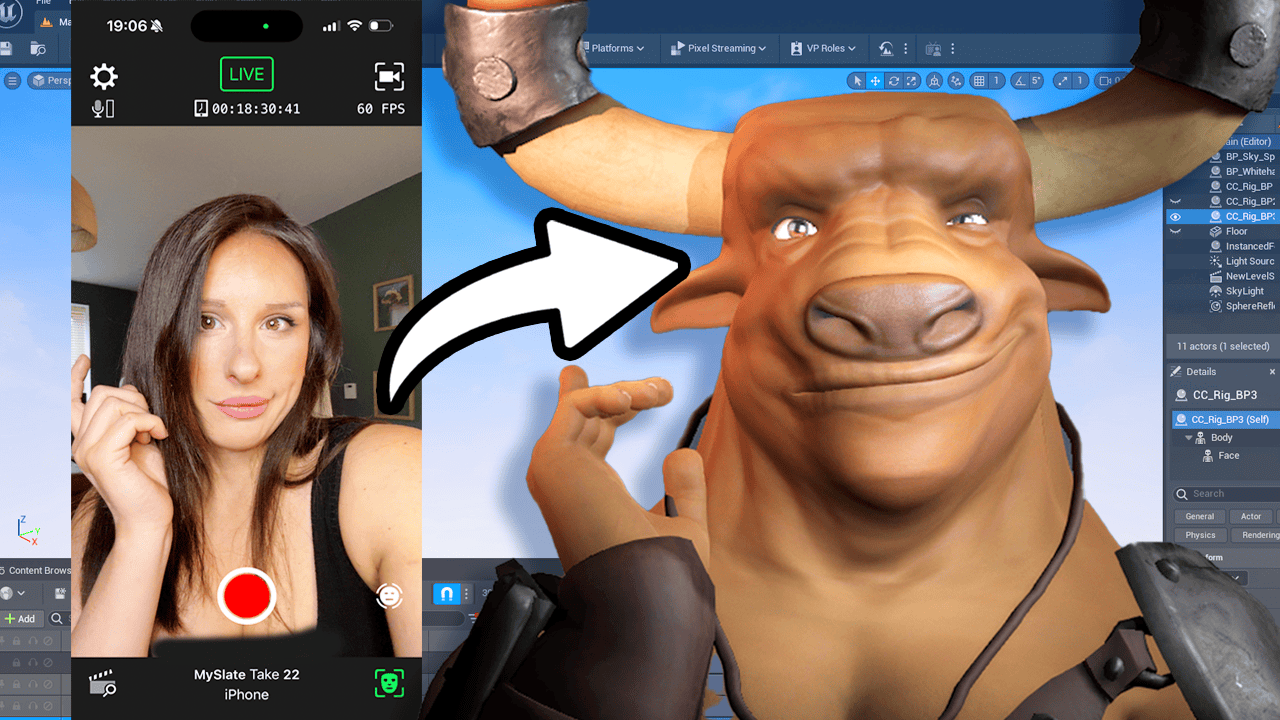Welcome to our tutorial on creating AI images with WhatsApp using Dalle-2 API and Landbot.io! In this video, we’ll explain how you can use these powerful tools to create stunning visuals for your WhatsApp conversations. We’ll cover everything from setting up your account to best practices for storing and managing your AI images. Plus, you’ll get insider tips and tricks to help you make the most of these features. So, if you’re a WhatsApp user looking to create amazing AI images or an experienced creator searching for the latest tips and tricks, this tutorial is for you. Get ready to be inspired and start creating amazing AI images with WhatsApp, Dalle-2 API, and Landbot.io!
- To get started, you’ll need a Dalle-2 API key and a Landbot Account. Landbot comes with a 14 day free trial.
- Create an account on the Landbot website. Once you’ve signed up, go to the dashboard and click the picture of the robot, then click ‘Build a Chatbot’. Select “Flow diagram from scratch” and click past the wizzard.
- On the next page, click on the ‘Text’ button to create the question that will be asked in your application in WhatsApp. Enter in the question and call it ‘Prompt’.
- Connect the box to the user input box by dragging the green line.
- Then drag the new box onto the page and search ‘webhook’. Click and drag it to the page and copy the URL found in the ‘API reference’ found under ‘Images’.
- Enter in the ‘Content type’ as ‘application/json’ and enter in the authorization by typing ‘Bearer’ followed by your API key.
- Paste in the ‘Customize body’ with the information found in the API reference page, deleting ‘Prompt’ unless you want an app that makes otters. Enter in ‘N images’: ‘1’ and ‘size’: ‘500’.
- Click ‘Apply and Test’ then enter your phone number. A ping should sound when your application receives a message from them.
- Head back over to ‘Webhook’ and click the ‘Load prompt variable’ button and assign it a value.
- At the bottom of the page, click ‘save response as variable’ and find the URL. Save it and give it a name.
Sending A.I Image to WhatsApp
- In order to send an A.I image to WhatsApp, open the A.I app and click the “Media” button.
- Create a variable called “response” and click the pencil from URL.
- Enter the URL of the image, click “Send” and then click “Publish”.
- Test it by sending a message to the chatbot to create an image.
- It may take 5-10 seconds for the image to generate.
- Once ready, the image will be sent in the chat.
- With this process, you can create realistic images with a 50 millimeter lens.
Links:
https://beta.openai.com/docs/api-reference/completions/create
FAQ
Q: What is an AI Image?
A: An AI image is a computer-generated image created using Artificial Intelligence (AI) technology. AI images are usually created using powerful tools such as Dalle-2 API and Landbot.io, which allow users to create stunning visuals by harnessing the power of AI.
Q: How do I create an AI image with WhatsApp?
A: You can create an AI image with WhatsApp by using Dalle-2 API and Landbot.io. First, you will need to get a Dalle-2 API key and set up a Landbot account. Then, you can use the step-by-step guidance in our YouTube tutorial to guide you through the process of creating stunning visuals with these powerful tools.
Q: What tips and tricks should I know when creating AI images?
A: When creating AI images, it’s important to pay attention to the details and make sure that your images are accurate and aesthetically pleasing. It’s also important to choose the right resolution for your images, as this will affect their quality and usability. Additionally, make sure to store your AI images for later use by using cloud storage or your own computer system.
Q: What are the best practices for managing and storing my AI images?
A: The best practice for managing and storing your AI images is to store them in an organized and secure manner. Make sure that you back up your images regularly in case of any technical issues and use good password protection techniques to keep them safe from unauthorized access. Additionally, consider deleting any unused or outdated images to keep your storage space organized.
Transcript:
Hi, guys. Welcome to another tutorial by prompt news. Today we’re going to be making a GPT-3 image creator right into your WhatsApp. So this is going to be similar to mid journey, stable diffusion, but it’s going to be powered by Dolly and WhatsApp. So no other applications in your way, just on your phone, make an image.
Yeah, do what you will. So to start with, we’re going to need a couple of things. We’re going to need a Daly, two API key and a Land Bot account. Landbot does have a I think it’s 14 day free trial, so we’re going to be using that in this demo. Before I start, I would just like to point out that we now have a new community section within our website where we can share rate and get ideas about prompts from our own images and other peoples.
So dive in, enjoy that and I hope to see around there. Anyway, moving on. First of all, we’re going to need to create an account with Land Bot. The website is Landbot IO. So make your way over to their website and sign up for free.
Once in, you will be created by a wizard type thing asking your name, your company, just click pass. That not really needed. Anyway, once you’re in, go to the dashboard, little picture of the robot, click build chatbot. And we want a WhatsApp? We want a WhatsApp?
What are these called? I forgot. Flow diagram thing from scratch. So this is what it’s going to give you to start off with. Click past that.
So user input. This is going to be default. That’s fine. We don’t need to change anything there. And then we want the next one to be text.
Click on it, you don’t drag. And so this is going to be the question that the application in our WhatsApp is going to ask us. So let’s try and make it a little bit cool. What image can I make, my lord? Because I have a complex, obviously.
That’s all good. And we’re going to call that prompt. If I could spell promp and then apply. Just make sure that’s saved. Good.
Let’s drag this green line. It’s been a bit funny. Go away. Drag this green line down and connect. The next step is we’re going to need to get a web hook.
So this is basically connecting our app that we’re making on WhatsApp over to our Daly two API. So let’s just close that and type web hook and click. I always drag it. I don’t know why. So the information that we need here is going to be populated from API reference.
So the web address for this is if I can pull this down, beta openai.com, docsapi referencesimages. I’ll include that in the description. Cool. So down the side, we want to go down to images. And let me have a quick look.
Yeah, this is what we need. So it’s a post. It’s going to be posting. We need that URL. I’ll take that while I’m here.
And we’re going to need this information as well. So if I hop over to my other tab, move it up a little bit, put that in here.
Then we have our custom headers. So what we need here is pop over here again. Content type application JSON Actually, I think that’s prewritten. Yeah. So as a content type, capital type, then application Jason.
Application Jason. Awesome. Now we need our authorization. So this is going to be our key authorization. If you note here, they say Bearer and then the API key.
So make sure you type bearer before bearer and then your API key. I’m just going to pause the video while I get my API key. Hang on a second. Actually, no, I’ll do it with you guys here. So my API go over to your API keys.
So this is in your account. APIs keys at OpenAI. I’ll create a new one with you. I’ll delete it anyway. I’ve reached a max.
Revoke, revoke. Okay, there we go. There’s my new key. Get back over and paste that in.
Awesome.
Let’s save that and put that there. Okay, next we need to do send parameters, custom headers. We’ve done that. We’ve done that. Customise the body.
So go over back over to the reference page. And we want to drag this or actually just click Copy Simple Things. And we can paste that in here. So this is basically saying the prompt. This is the request that we’re sending to the API.
So it’s giving the prompt, the number of images and the resolution. So first of all, let’s delete prompt. Unless you just want an app that makes otters. I don’t judge. And we’re going to add our variable that we created earlier.
We call that prompt. We want one image, and the size is great.
We’re going to test that. 500 errors. So this is basically I haven’t added a phone number yet, so let’s click apply, Test, publish, first name, alex O.
Okay.
All right, cool. All good. So that ping you heard was my Web. WhatsApp? Just saying.
I got a message from them. Let’s close that. Once we’ve added our phone number, then we pop back over to Webhook and then test your request. We want to click the little button, load up our prompt variable, and we’re going to give it a value. The reason we’re going to give it a value now is we need to just have something there for land bots to allow us to give it a name.
That makes sense. Better in a second. So a happy man. Okay. Test or request.
Having a think. Scroll down. Here we go. So we got this information provided when it’s created. And the URL, the only information here we want is the URL.
So we need to give that a name. So click save, responses, variables, find that URL. URL will be the one without any Google lead brackets or anything before. So in this case, it’s this one for me. And we are going to give that a name.
In this case we’re going to call it Response.
There we go.
That’s a string, by the way. If it does ask you what type of variable it’s a string, then apply we’re good. On to the next. So the next one is we’ve got the request from the API. It’s sending the information, it’s creating the image, it’s sending it back.
Now we want to send it to what’s up? To do that close here, go to messenger. I already have. That saved me. SS.
Click it. So the information that it’s sending is going to be an image, of course, because it’s a picture. So let’s click Media, click the pencil from URL, and then we can click our variables, actually. And we called that Response, didn’t we? Response.
So that will get the URL of our picture. Click Send, tie them up, good to go. Publish. And then we can test our application. So here we go.
Test. Let’s send the test to Alex pinged. Your chatbot is ready for testing. Send a message or click the button to start testing. Okay, what image can I make, my Lord?
Let’s make a pink unicorn on a bike. Obviously, you can do your normal things like ultra realistic, 50 millimetre lens, etc. Send the off. Wait a couple of seconds. Usually takes about five to 10 seconds.
There we go. Fantastic. We’ve got my image. So, yeah, I’d be interested to see what you can do with this. And I would like to thank Mr.
Hackathon for his his tutorial on this. This was completely his idea and yeah, awesome. Stay cool. Take care.






1 Comment
Thanks very nice blog!